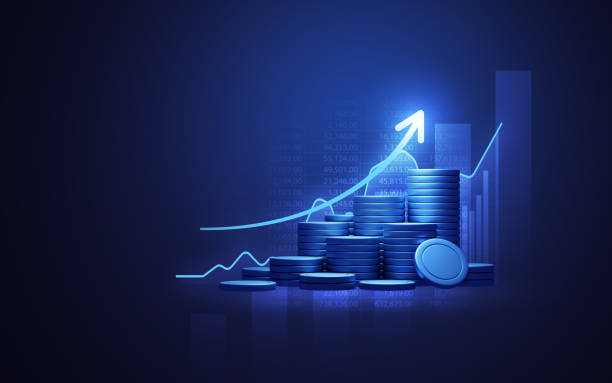The United States of America has one of the world’s most developed economies. The United States of America is known for its transparent market system. Many economies around the world are integrated with the American economy, so a change in the American market has an impact on the rest of the world.
In 2007, a localized real estate crisis on the American market became a global crisis and threatened to bring down the entire financial system! Understanding the history of American real estate markets is essential to understanding the current state of the market.
This article will discuss the two main boom-bust cycles the American real estate industry has experienced since the 1980s.
Stage 1: The Bust
- In the 1980s, there was a real estate bust in America. The Savings & Loan Crisis was prevalent in the market during this time. Before 1980, the majority of homes purchased in the United States were financed by these Savings and Loans Institutions.
- In the 1980s, the Fed began to realize that inflation had gotten out of hand. Paul Volcker, who led the Fed at the time, increased interest rates by as much as 20 percent! This interest rate increase almost destroyed the savings and loans industry as they could not attract new capital with these rates. The number of people willing to borrow money at these rates in order to purchase a house also decreased, causing a crash in the real estate market.
- The crisis of savings and loans led to the worst real estate market in US history. The people did not know what lay ahead for them!
Stage 2: The Manufactured boom
- In the 1990s, we recovered from the crisis of savings and loans. Savings and loan institutions were insolvent. Nevertheless, other financial institutions also faced severe financial pressure. Lending activity was, therefore, low. The government passed various laws in order to increase lending, especially lending to the real-estate sector.
- The Communities Reinvestment Act was created to increase lending to minorities. The political motivation of fulfilling the ” America Dream ” soon overtook all rationality. Politicians were determined to develop policies that would allow more people to purchase homes. These policies were not considered in the long run.
- The boom that followed was one of the biggest in American history. The low interest rates, i.e., In the United States, interest rates were close to 1% at the time. In addition, the law required banks to lower their lending criteria to allow them to make as many loans as possible.
- All these activities resulted in a flood of buyers on the market who suddenly had a lot of cash and were willing to purchase properties that always appeared to increase in value, making their owners wealthy.
- The policies of the American Government were responsible for the boom in American real estate that lasted from the late 90’s until 2007. It is, therefore, often referred to as the “manufactured boom”.
Stage 3: The Crisis
- The financial crisis of 2007 was one of the worst ever experienced. The American real estate market was the root cause of this crisis. The government’s policies created a manufactured boom, which quickly became a produced crisis.
- The subprime Mortgage Crisis was born out of this unprecedented increase in interest rates. Mortgage payments increased due to higher interest rates. The increased monthly payments of mortgages led to many homeowners being unable to afford them.
- The houses were foreclosed as a result. As a result of the declining value of homes, the excess supply created an environment where prices continued to fall.
- In this bloodbath, nearly all markets around the globe were negatively affected.
- The worst hit market was the American property market, which lost nearly half its value.
Stage 4: Post-Crisis Market
- After the 2008 recession, the US real estate market is now recovering. The recovery has been slow. Real estate has recovered from the steep drops it experienced.
- The good news is, this time, the government’s intervention is minimal, and the meager rates of interest are not driving this moderate growth.
- Some critics blame the constant rise of the Quantitative Easing (QE) policies that are being implemented in the United States. As of yet, it is impossible to make a definitive statement.
The United States real estate market has seen its ups and downs. Real estate is not the predictable and steadily rising investment that many people portray it to be. It is as risky (if not even more) as other investments.
